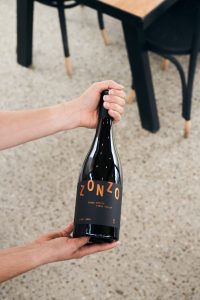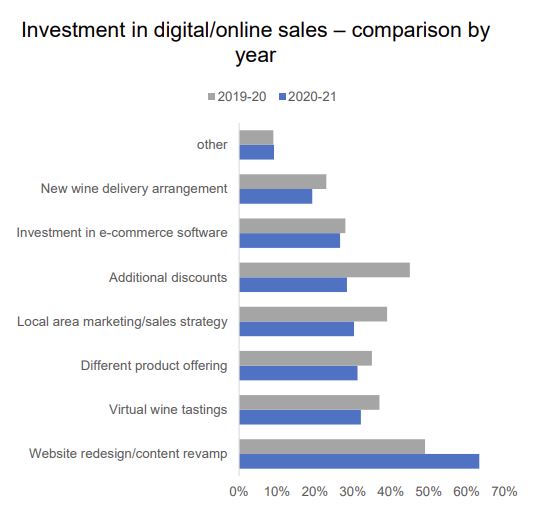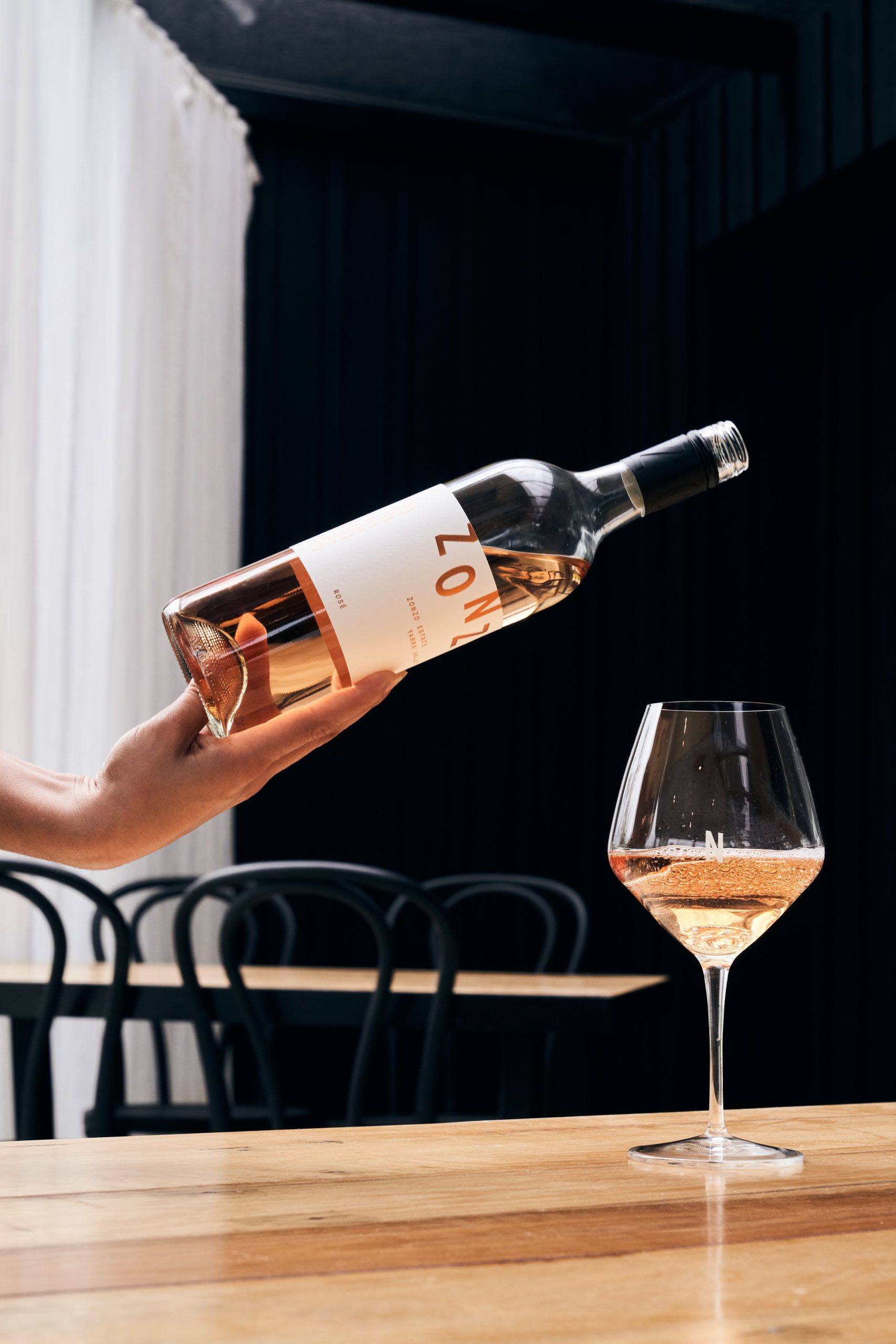The New Frontier
With COVID closing cellar doors, producers have been looking for new ways to bolster direct to consumer (DtC) sales amidst lockdowns and restrictions. Harrison Davies looks down the avenues producers have to get their products in consumers’ hands.
The pillars of many wineries’ business is their cellar door. They have weddings, restaurants, wine clubs and walk-ins. None of that mattered amid lockdown.
DtC sales provide the greatest return to wineries and, for many small to medium producers, it makes up for the bulk of their business.
DtC and online sales grew over the 2020-2021 financial year, with online sales experiencing an average of 23 per cent growth.
Wine Australia examined this growth in their annual report: “Online sales accounted for 18 per cent of DtC revenue in 2020–21, the same as the previous year. Volume increased by 44 per cent, but value only grew by 23 per cent, meaning that average value decreased by 14 per cent to $210 per case.”
This forced many producers to look toward websites as a way to reach consumers and keep their businesses afloat.
The challenge was that many wineries had not optimised their website for high-traffic, online sales.
Many had not marketed themselves with an online presence either.
This made the challenge somewhat of a new frontier for many wineries to create an online presence for themselves to continue supporting their business while they couldn’t invite guests to their cellar.
Websites breathe life

Zonzo Estate, in the Yarra Valley, had to withstand one of the longest, strictest lockdowns in the world.
The Yarra Valley is considered part of Metro Melbourne, so for over 260 days, no-one came to see them in person. This meant creating a strong online presence was crucial.
This was especially challenging for founder and owner Rod Micallef, who said the business was not known for its winemaking at the start of the lockdown.
“People knew us for our restaurant and had been to us as a venue for weddings but most were not familiar with our wines,” he said.
“What was initially a small part of our business was suddenly the only thing we could sell, so we had to re-structure our business very quickly.
“We kept up with our radio ads and tried to stay on people’s radars and then updated our online and social media pages to focus much more on our wines.
“The goal was to let people know that we were still here and that they should look us up online to learn more about us.”
Weeks after the lockdown began, Micallef prioritised the development of the new website, which had been in progress for roughly 12 months, and after a few weeks it went live.
The new website placed a much greater focus on the wine side of the business and made it much easier for customers to purchase wine online.
They also increased their capabilities to package and deliver wine.
“We spent over 12 months with our web development team researching to understand what consumers need and want when buying wine online,” he said.
“We also spent time trying to understand areas that we were lacking and how we can better help customers make informed choices when they enter our online store. We feel we have made the right choice in doing this.
“Part of why this worked is that we continued investing in channels that put our name out there. We kept up with radio ads and made sure people knew who we were.
“We didn’t want the brand to die.”
The website is also a portal for their whole business and facilitates bookings for the restaurant and helps them to organise weddings and other events.
Micallef said that the investment in wine marketing and the updated website created a whole new side to the business.
“The new website makes it much easier for people to make purchases with us directly,” he said.
“Once lockdown ended we found that people continued to buy wines from us and it is now a much bigger part of the business than it was before.
“We also manage roughly 80 per cent of restaurant booking through the website which allows the team to focus on more productive things than taking bookings over the phone.”
Micallef said focussing on brand versatility and pushing DtC was the key to surviving lockdown.
“Selling wines to bottle shops has an incredible amount of overhead, so pushing direct to consumer is much more important to stay afloat,” he said.
“This year we have really seen public awareness of our wine grow and we feel that we are being taken more seriously as a wine brand, which is incredibly exciting. We have also seen this translate to our growth in our sales.”
Expanding DtC
We spent over 12 months with our web development team researching to understand what consumers need and want when buying wine online. – Rod Micallef

Other avenues to connect wineries with consumers are being forged, as demand from consumers to have more ways to buy direct becomes known.
Wine clubs were traditionally the way for consumers to stay connected with their favourite wineries and wine subscription services, however some have claimed the model is becoming obsolete.
New services are pooping up online that are providing producers with opportunities to reach more people and sell direct.
James Halliday’s Junovate organisation is pairing with Entertainment to start an online platform where participating wineries can sell their wines direct to consumers in a similar vain to EBay or Amazon.
Junovate co-founder Judy Pridmore said the service would bolster DtC sales for smaller wineries in Australia.
“The past couple of years has made it challenging for wineries to activate through DTC channels, due to border closures and decreased domestic travel,” she said.
“The new platform will open up new opportunities for wineries to sell direct, in addition to their existing activity.
“There was an 18 per cent growth in wine sales value and five per cent increase in volume in the past year via DTC channels, a higher average value than other sales channels.
“This new platform will mitigate future circumstances where customers cannot make it to their cellar door to purchase and now gives them the opportunity to reach a new audience without the marketing costs and set up fees at no risk to their business.
“Partners will only pay a small success fee when they make a sale, making Entertainment Wine Community a cost effective way to reach new markets.
“The cost effective approach allows wineries to manage shipping in alignment with their usual DtC operational process.”
















